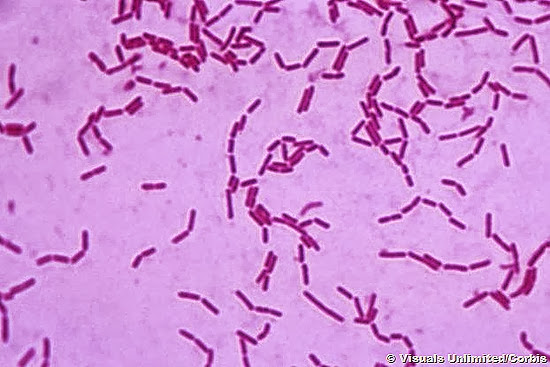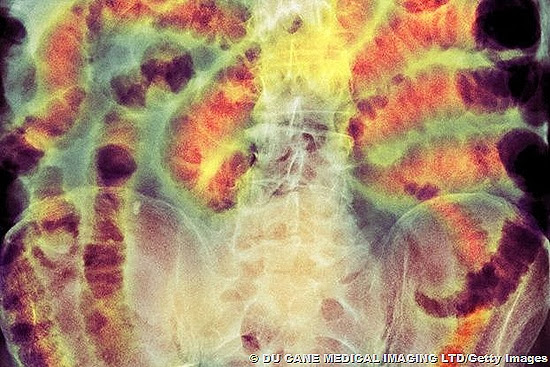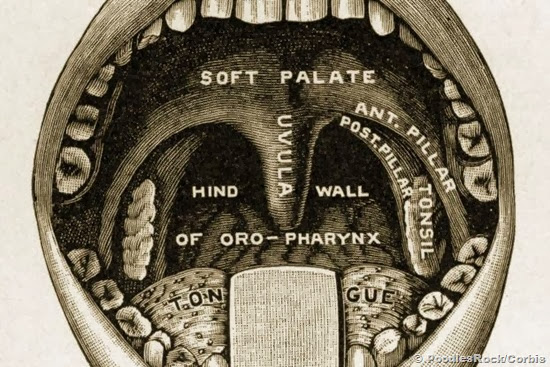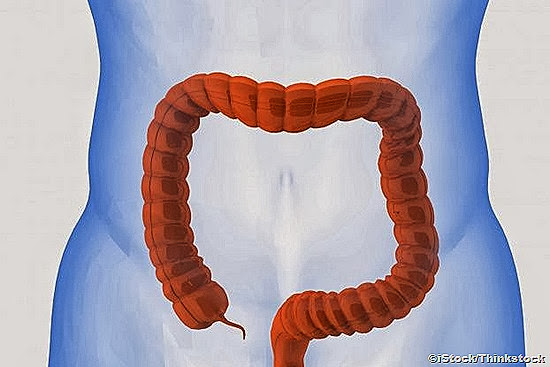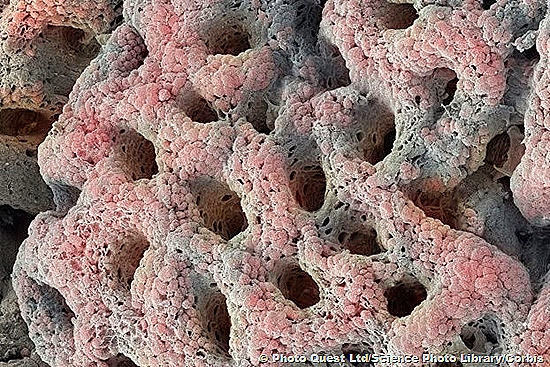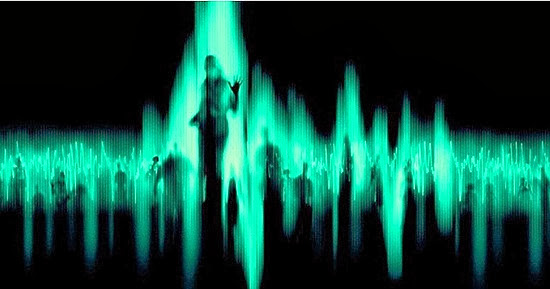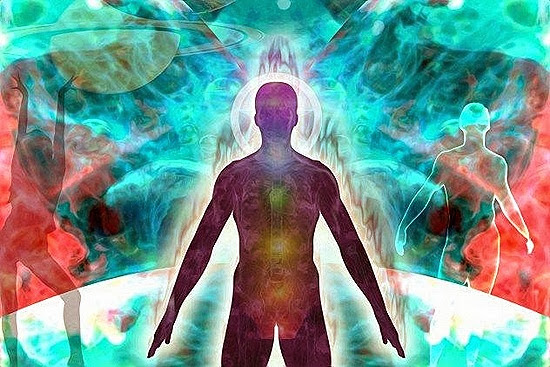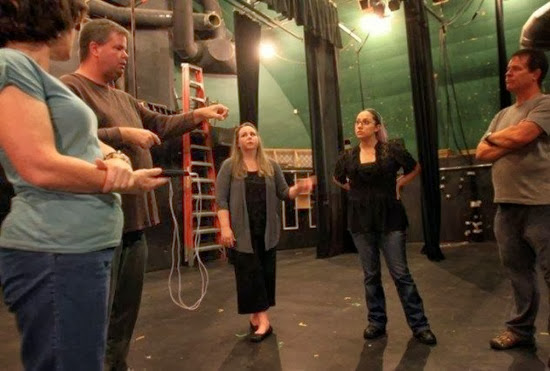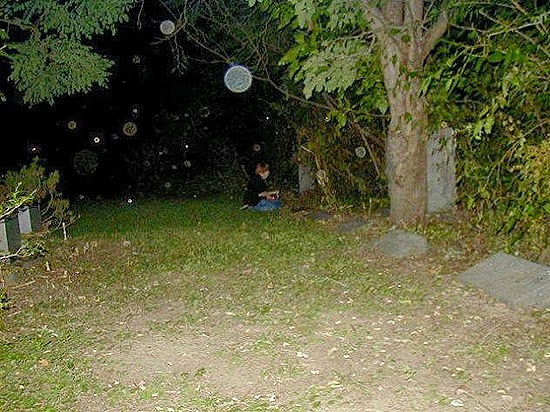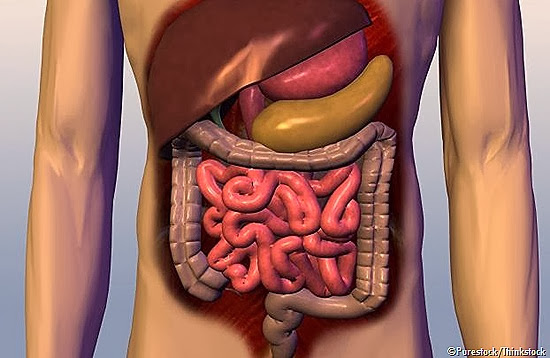
There are all kinds of gross things in your body right now, maybe even hard lumps of calcium oxalate (that's what a kidney stone's made of). You're making sweat, and eye gunk, and pus, and you also have undigested and partially-digested food traveling through your gut. And did you know there's more bacteria living in your body than there are human cells? We'll get to that in a moment; first, let's talk about the mites having sex on your eyelashes.
10. Eyelash Mites
No need to call the exterminator. These mites are common place and mostly harmless.
There are mites living in your eyelashes; and the older you are and the more oily your skin, the more likely that statement is true. It's estimated that mites, specifically Demodex mites (D. folliculorum, to be exact), have colonized the eyelashes of more than 80 percent of people over the age of 60 [source: American College of Allergy, Asthma & Immunology].
Demodex mites are face mites, and if you could see them with the naked eye you'd see them living at the root of your eyelash and hair follicles - in fact, it wouldn't be surprising to find as many as 25 mites living a single eyelash follicle [source: Roque]. While there's no denying that discovering these follicle squatters is alarming, they're mostly harmless, only causing allergic reactions in sensitive individuals.
9. Ear Wax
It may be unappealing, but thank goodness for ear wax. Without it, your ears wouldn't be protected from
dust and debris.
North Americans spend more than US$60 million annually on at-home ear-cleaning products, and about 12 million Americans go one more step to have their ear wax professionally removed by a doctor every year (and even more visit spas and use other unconventional methods) to get the job done, despite our ear canals being, at least theoretically, self-cleaning parts of the body [source: Beck].
Ear wax, which is also known as cerumen, is an oily, waxy substance produced by the glands inside your ear canal. It's a way for the ear to protect itself; wax stops intruders from getting into your ear, including dust and bugs (it's been known to happen), among other debris. Ear wax also helps lubricate the ear, protect your ear canal from irritation, and has antibacterial properties.
8. Fatty Deposits (Lipoma)
Most fatty deposits appear as soft lumps just beneath the skin.
Your body maintains an energy reserve in its fat cells as a part of normal operating procedure, but sometimes fat cells grow where they shouldn't. This results in fatty deposits, also called lipomas, and although some may find them gross, they're almost always harmless.
Fatty deposits are small, round masses of fat cells below your skin, between your skin and muscle. These lumps feel kind of soft, and maybe doughy or rubbery, and if you poke at one you'll notice it moves around (go ahead; they're usually painless). Lumps usually don't grow larger than a few centimetres (about half an inch), and most often grow on the neck, shoulders, arms, upper back, upper thighs and buttocks [source: WebMD, Salam].
7. Mucuspalooza
There is a coating of mucus lining your gastrointestinal tract right now. Don’t worry - it’s supposed to be there.
Boogers. Snot. Phlegm. Whatever you call it, there's a good reason it exists: mucus. Mucus is a stringy, sticky fluid that coats the inside of your nose, mouth, sinuses, throat, lungs and gastrointestinal tract - and it's there all the time, not only when you have a cold. In fact, your body makes between about one-quarter to half a gallon (1 to 1.5 litres, roughly) of mucus every day; and that includes the new batch your nose whips up every 20 minutes [source: Watson].
Mucus acts as a lubricant - and without it, body tissues would dry out - and because it's sticky, it also acts as a trash collector, keeping bacteria and debris (such as pollen, dirt, fungi, smoke or whatever else you might breathe in) from invading your body as you breathe.
6. Bacteria
Lactobacillus acidophilus, which is a normal part of human flora, is also found in yogurt and other food products.
A healthy human body is actually less human than you might think; as an adult, your body is hosting at least 10 times as many microbial cells (that's bacteria, viruses and other types of microbes) as you have human cells - probably about 100 trillion bacteria in all [source: The Human Microbiome Project Collection, Zimmer]. And they live in every nook and cranny of your body.
Fewer than 1 percent of the bacteria in the human body can cause disease or illness, and others work with the body to help it do things it may not have been able to do on its own - for instance, Lactobacillus acidophilus, a popular active culture in yogurt, helps the body digest food and fight against that 1 percent of ill-willed microbes.
5. Gas, Gas and More Gas
The dark areas in this photograph are gas-filled bowel loops.
Everyone farts and everyone burps; there's no way around it. If you eat, you produce gas as the bacteria in your digestive system break down those foods. On average, you're passing gas anywhere between 14 to 23 times a day - think about that; you could be farting or burping once every hour [source: Jaret].
The gas producing those farts and burps contains carbon dioxide, oxygen, nitrogen, hydrogen, and sometimes methane - and sometimes sulphur (only in farts, though) [source: National Digestive Diseases Information Clearinghouse]. Certain foods will cause your body to produce more gas, and those include high-fibre and sugary foods, such as those notorious gas-encouragers, beans and broccoli. For some people, wheat or dairy - and products that contain wheat or dairy - also contribute to gassiness, belching, farting and abdominal bloating because their bodies can't properly digest those foods. Often the cause, though, is nothing more than swallowed air.
4. Vomit
As unpleasant as it is to throw up, people are so fascinated by this bodily function that it's often a common feature
of pumpkin carving.
The average stomach will hold about three-quarters of a gallon (that's 1 litre) of chewed food and beverages. You'll know when you've reached this limit by that post-feast queasy feeling that sets in. Some reports find that while the stomach will likely stretch to hold a little more than three-quarters of a gallon of food and liquid, it will actually spontaneously rupture when it's expected to accommodate as much as 1.3 gallons (5 litres) [source: Dahl].
If your stomach and intestines decide to close the gate on what you've eaten, that food and drink won't pass normally through to your bowel. Instead, it's coming back up, and sometimes forcefully. Vomiting is actually controlled by a "vomiting centre" in the brain, and can be caused by a number of things, including food-borne illness (you can thank bacteria, viruses and parasites for most food poisoning), infections, some illnesses and pregnancy, as well as side effects of some medications or certain medical treatments (such as chemotherapy).
If you don't or can't vomit, your body will still deal with the unwanted stomach contents. Leaks may develop in the stomach walls, allowing partially digested food to seep into your body. (Suddenly, vomiting doesn't sound so bad.)
3. Tonsil Stones
Never again will you need to wonder where your tonsils (and your tonsil pockets) are located.
Tonsil stones, sometimes known as tonsilloliths, aren't food from last night's take-out; they're actually a combination of bacteria, dead cells and mucus that have gotten trapped in the pockets of your tonsils. By the way, you have pockets in your tonsils.
If you suffer from chronic tonsillitis, or have had chronic tonsil inflammation at some point in your life, you have an increased chance of having tonsil stones. People with dry mouth also seem to be more affected. Some people don't even notice, while others may feel discomfort when the debris hardens (which, if you can see it, looks like small white lumps of cauliflower in the back of your throat), including sore throat, swollen tonsils and ear pain. Because bacteria like to eat what tonsil stones are made up of, stones are also known to cause bad breath.
While you can remove the stones yourself with a swab or oral water irrigator and a mirror, or rinsing with an oxygenating or other non-alcohol-based mouthwash (it'll kill bacteria without contributing to dry mouth problems, like an alcohol-based product can), the only way we know to cure them is with a tonsillectomy.
2. Poop, and Kind of a Lot of It
Your large intestine is equal in length to the height of a short person.
You can be full of beans. Full of yourself. Full of...well, you know. Poop. And kind of a lot of it, as it turns out.
When you eat and drink, your body only needs a few hours to extract the vitamins and nutrients it needs from that food, and the leftovers are (you guessed it!) off to be excreted. The intestines - your bowels - are made up of both the small and large intestine, plus your rectum. Your small intestine is a tube that's about 20 feet (6 meters) long and 1 inch (2.5 centimetres) in diameter, and your large intestine is also longer than you might expect, too: it's a tube about 5 feet (1.5 meters) long, and about 3 inches (7.6 centimetres) in diameter. In total, that's about the length of a small basic vinyl garden hose you'd use in your yard, and it's full of waste.
Your stool is made up of undigested food, but that's not all; there's also mucus, bacteria, and dead cells in there - and it's the combination of all these ingredients that make poop brown. A normal bowel movement is mostly water, though (about 75 percent of it), and most of us get rid of about 3 to 8 ounces of waste every day [source: Britannica]. (For comparison: An iPhone 5 weighs about 4 ounces [source: Apple].)
1. Acid That's Strong Enough to Dissolve Metal
This close up view of stomach lining shows small indents known as gastric pits, in which the cells that release
hydrochloric acid, enzymes and mucus reside.
Your digestive system is saturated with gastric juices that are key to digesting the foods you eat, and when hydrogen combines with chloride inside your stomach it creates hydrochloric acid (HCL) - yes, that's the same hydrochloric acid used in fertilizers, dyes and, as it turns out, in the fracking process.
If the acid in your stomach is strong enough to dissolve metal, which it is (it's also used in electroplating), why doesn't your stomach digest itself? You can thank mucus for that. Mucus coats the lining of your stomach, protecting it from being broken down along with everything in your stomach. Thanks, mucus!
Author's Note: I think my favourite fact from writing about all these gross things that are in our bodies was the idea that our bacteria:human cell ratio is 10:1 - some are harmless, some are harmful, and some are just waiting around for you to die so they can finally have a good meal.
Article Sources:
1. Ackerman, Jennifer. "How Bacteria in Our Bodies Protect Our Health." Scientific American. May 15, 2012. (Sept. 15, 2013)
2. Apple. "iPhone." (Sept. 15, 2013)
3. Beck, Melinda. "The Good, the Bad and the Eww of Earwax Removal." The Wall Street Journal. (Sept. 15, 2013)
4. Clegg, Brian. "20 amazing facts about the human body." The Guardian. Jan. 26, 2013. (Sept. 15, 2013)
5. Cleveland Clinic. "Cerumen Impaction." Aug. 14, 2009. (Sept. 15, 2013)
6. Dahl, Melissa. "Can eating too much make your stomach burst?" NBC News. Nov. 23, 2011. (Sept. 15, 2013)
7. Davis, Jeanie Lerche. "Grossology: The Science of the Disgusting." WebMD. (Sept. 15, 2013)
8. Derrer, David T. "Understanding Constipation." WebMD. March 29, 2013 (Sept. 15, 2013)
9. Detrow, Scott. "Hydrochloric Acid's Role In the Fracking Process." StateImpact. July 6, 2012. (Sept. 15, 2013)
10. Encyclopaedia Britannica. "Feces." (Sept. 15, 2013)
11. Jaret, Peter. "Secrets to Gas Control." WebMD. Sept. 17, 2012. (Sept. 15, 2013)
12. Mayo Clinic. "Infectious diseases." April 30, 2011. (Sept. 15, 2013)
13. McAdams, Molly. "HCL Acid in Stomach." SFGate. (Sept. 15, 2013)
14. Miller, Jeffrey. "Eyelash Mites vs. House Dust Mites." American College of Allergy, Asthma & Immunology (ACAAI). (Sept. 15, 2013)
15. National Digestive Diseases Information Clearinghouse (NDDIC). "Gas in the Digestive Tract." Jan. 2, 2013. (Sept. 15, 2013)
16. National Digestive Diseases Information Clearinghouse (NDDIC). "Viral Gastroenteritis." April 23, 2012. (Sept. 15, 2013)
17. PLOS Collections. "Table of Contents: The Human Microbiome Project Collection." 2012. (Sept. 15, 2013)
18. Roque, Manolette R. "Demodicosis." Medscape. May 1, 2013. (Sept. 15, 2013)
19. Salam, Gohar A. "Lipoma Excision." American Family Physician. Vol. 65, no. 5. Pages 901-905. March 1, 2002. (Sept. 15, 2013)
20. Sifferlin, Alexandra. "Rosacea: Caused by Mite Poop in Your Facial Pores?." Time. (Sept. 15, 2013)
21. Stoppler, Melissa Conrad. "Vomiting Symptoms." MedicineNet.com (Sept. 15, 2013)
22. Svoboda, Elizabeth. "In Tonsils, a Problem the Size of a Pea." The New York Times. Aug. 31, 2009. (Sept. 15, 2013)
23. Technology Transfer Network Air Toxics Web Site. "Hydrochloric Acid (Hydrogen Chloride). Nov. 6, 2007. (Sept. 15, 2013)
24. Thrasybule, Linda. "5 things body waste tells you about your health." Fox News. Oct. 12, 2012. (Sept. 15, 2013)
25. Watson, Stephanie. "The Truth About Mucus." WebMD. March 1, 2021. (Sept. 15, 2013)
26. WebMD. "Digestive Disorders Health Centre." July 1, 2009. (Sept. 15, 2013)
27. WebMD. "Lipoma - Topic Overview." May 6, 2009. (Sept. 15, 2013)
28. WebMD. "Oral Care." April 14, 2013. (Sept. 15, 2013)
29. World Record Academy. "Most kidney stones produced and passed - world record set by Don Winfield." Feb. 13, 2010. (Sept. 15, 2013)
30. Zimmer, Carl. "Human Microbiome May be Seeded Before Birth." The New York Times. Aug. 28, 2013. (Sept. 15, 2013)
Related Articles:
More Great Links:
Top image: The digestive tract usually gets all the credit for gross contents. While there's plenty of unpleasantness here, your body is a wonderland of repellent things. Photo: ©Purestock/Thinkstock.




